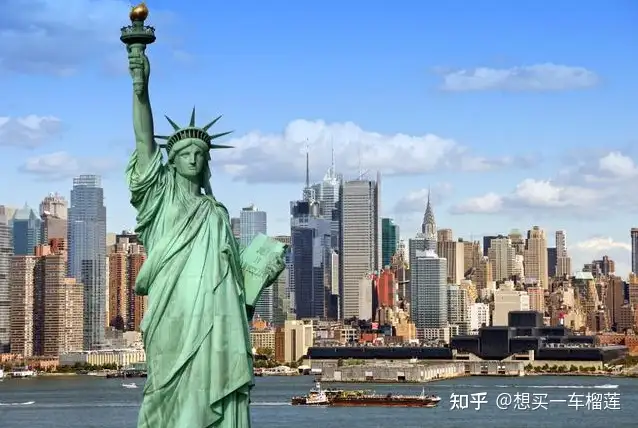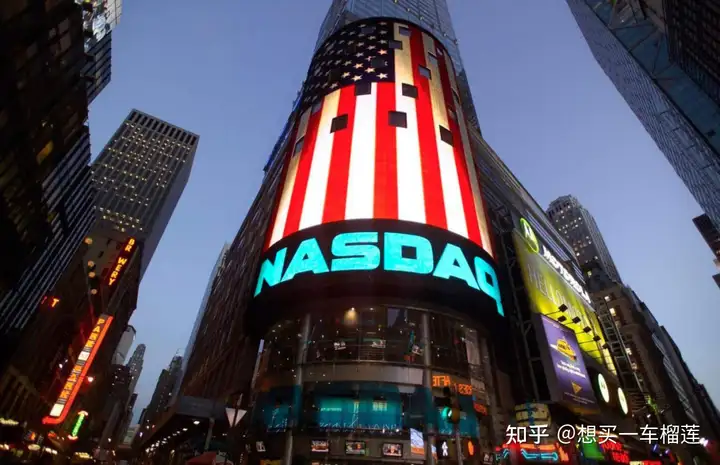1, Characteristics of the US market and customers
1) Although the population is about 330 million, the overall consumption power is strong and there is a large market capacity. The probability of American customers placing large orders is relatively high.
2) Claiming that customers from the United States may not necessarily be white, but may be Hispanic, African American, or Asian customers. Many senior executives or decision-makers in large companies are Indian.
3) American customers are generally straightforward and outgoing. Many talkative clients like to have small talk topics ready before meetings or phone calls to discuss important matters.
4) The development of business and law is very sound, and there is a strong awareness of rights protection, so contracts, especially large order terms, must be clear. When controlling costs, we should also pay attention to intellectual property issues, and in terms of quality, we should avoid taking shortcuts to avoid unnecessary trouble.
5) There is a strong sense of contractual spirit, and correspondingly, the seller should also maintain credibility and punctuality, promising to fulfill the customer's obligations to avoid complaints.

2, Precautions for developing American clients
1) Sales have strong seasonality, and products such as Christmas gifts, swimsuits, knitted hats, and clothing need to be developed at the right time. Speaking of Christmas gifts, most customers will take a vacation in July and August, but with the arrival of the peak sales season Christmas and Black Friday, it is necessary to stock up in advance, prepare inventory, and carry out promotional activities. Taking into account production scheduling, shipping, and customs clearance time, we will start arranging by the end of August.
2) American customers love to use Google to search for supplier information. By using Google Trends to select precise keywords with high search volume and publishing product information or news on their own independent website, improving keyword ranking is very helpful for attracting American customers.
3) There are many locations in the United States with the same place name, and many states such as Springfield/Ashland/Washington have a high rate of place name duplication. Therefore, when reporting shipping costs to new customers, it is important to confirm the state and postal code with the customer. 4) Attention should be paid to products with trade barriers. If the value of the goods is high or the actual tax rate is high, consideration can be given to responding through transit trade. 5) American customers have a higher acceptance of development letters or newsletters compared to other countries. But the development letter must be straightforward and emphasize value. Written English should strive for conciseness, clarity, and not dragging its feet. 6) Communication with American clients should be as direct as possible, avoiding roundabout or ambiguous language. Email addresses should not be too cold as' dear ', and I prefer' hi there, hey '

3, Develop channels for American customers:
1) Using database data, combined with social media and Google development. Common databases include: customs data such as exportgenius, importgenius, etc., or a business directory such as Find The Companies that includes over 30 million US companies, or you can use the following command to search for the corresponding category database on Google: (Note: USA can also be changed to state name, such as California, etc., prospect/vendor/company can also be changed to customer type, which will be introduced later as US customer type, can be combined and used by yourself) "item name" B2B prospect USA such as "furniture" B2B prospect USA "item name" B2B vendors USA such as "bag" B2B vendors USA item name "USA companies" such as leather bag The paid databases for 'usa companies' also include REACH Stream (Basic version $99/month) or http://prospecta.com
2) B2B platform promotion, such as Alibaba, or SeeBiz, Thomas Net, Tradewheel. These are all well-known in the United States.
3) As mentioned earlier, the usage rate of Google in the United States is very high, using Google Images for image recognition and combining Google Maps for search to find target customers. The operation is to upload the product image to the image recognition box, and then limit the product keywords and "region" country names. The same applies to Google Maps. The target customers found in this way are relatively accurate. Common customer types in the US market include: ① Resller/Trader traders, ② Agent agents, and ③ Importer/Dealer. Sometimes, importers/dealers will directly connect with HK traders/trading companies for domestic order procurement, rather than directly connecting with factories. In addition, Wholesaler distributors refer to the "distributors" of certain company products, and Wholesaler as a "wholesaler" is not limited to representing a particular product. For example, furniture wholesaler can be an agent wholesaler for various brands of furniture. Retailer/Outlet Retailer: Retailers are the most basic level of retailers, which can be large or small; Outlet is a brand exclusive store or discount store that only sells each item; Products of Xingzu brand

4, Development letter suitable for American customers
1) For email addresses such as info/sales without a clear contact person: Hi there, I'm Sophie from ABC company and am looking for helpfinding contact information. I would like to know whois in charge of XX department.Could you pass on the contact detail for person incharge? Thank you very much for your help.
2) Suitable for potential target customers: Hi XX, I'm Sophie from ABC company who specializes in xxproduct. I was wondering if you're fully satisfied with the service you're currently receiving. We helped many businesses solve xxx problems or gain benefits xxx through our xxx product/technology/service/business plans If you are interested in getting a price list or getting more details of our products or watching a demo, please let me know

5, Common certifications for American products: The United States places great emphasis on product safety and has extremely high requirements for certification. When communicating with new customers to showcase the company's advantages, certification must be mentioned. The following are common certifications for American products:
1) UL certification is not mandatory for the safety of products and materials, but has a high level of popularity among the public
2) ETL certification is similar to UL certification, but the cost is about half cheaper than UL certification
3) FDA certification for drugs, food, cosmetics, and instruments
4) FCC certification, mandatory, for all live products
5) DOT certification, mandatory, for motor vehicles and accessory products
6) CPSC certification for household appliances, children's toys, and entertainment consumer products, etc
7) ASTM certification for household devices, appliances, electronic products, infant and toddler products, etc
8) CARB certification, mandatory, for composite wood products
9) NSF certification for water treatment products, facilities, and equipment
10) CPSIA certification, mandatory, for toys and children's products
11) DOE certification, mandatory, chargers, adapters, TV shows, refrigerators, air conditioners, etc
12) MET certification, audio and video products, industrial control products, lighting fixtures. Small appliances, power tools, etc
13) CTUVus certification, home appliances, medical products, testing hinges, etc
6, Popular products in the US market:
1) Smart home products and small appliances: such as home smart projectors, LED plant lights, air fryers, aromatherapy machines, etc
2) 3C electronic products: such as translation pens, point readers, video game devices, fragrance diffusers, etc
3) Emerging technology products such as 3D printers, drones, etc
4) Health and beauty products: such as hair removal machines, facial cleansers, nail lamps, wigs, false eyelashes, etc
5) Leisure and fitness products: such as remote-controlled toys, outdoor equipment, party supplies, sports equipment, etc
6) In addition, there are garden products such as flowers, plants, and cleaning supplies, packaging products such as gift boxes, as well as furniture, bags, and home textiles, all of which are popular products





